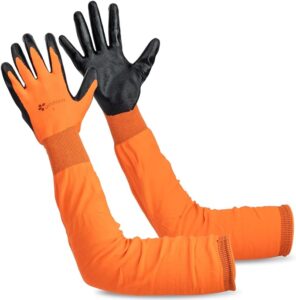Connective tissue and skin disease disabilities
There are many skin and connective tissue diseases which are considered disabilities.
- Severe dermatitis
- Bullous disease
- Hidradenitis suppurativa
- Mucous membrane infections
- Chronic skin infections
- Photosensitivity disorders
- Ichthyosis
- Ehlers-Danlos Syndrome
- Rheumatoid arthritis
- Scleroderma
- Granlomatosis with Polyangiitis
- Systemic Lupus Erythematosus
- Polymyositis/dermatomysositis
- And many others.
These diseases have many causes, from genetic to exposure to toxic chemicals to exposure to ultraviolet light to other injuries.
Affected areas include connective tissue consisting of joints, bones, heart and blood vessels, lungs, and head and face. Of course, skin is affected as well.
All of these syndromes or diseases can have a great effect on a worker. Construction workers often work outside in the sun all day. Farmers work inside and outside in jobs requiring labor intensive movements. Landscapers work outside and often with aerosolized chemicals. Welders work around heat and sparks. Mechanics work with tools that require prolonged pushing or working in small areas where skin will contact metal parts. HVAC workers deal with flat sheets of metal that can have sharp edges.
These are just a few jobs that can be affected by having a skin or connective tissue disease. Take for example, the construction worker. They are exposed to the sun, have physically demanding labor requirements, repetive motion requirements, and a lot of standing or walking. A worker with Ehlers-Danlos syndrome will struggle with all of these jobs. The overly flexible joints, fragile skin, and stretchy skin are all common ailments of the syndrome. The hammering, drilling, sawing, and carrying heavy objects can place added stress on all of these.
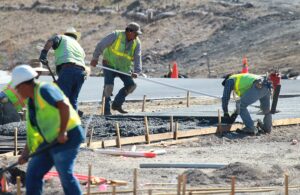

This does not mean, however, that someone with, for example, Ehlers-Danlos syndrome cannot continue to ply their craft. I have a daughter with Ehlers-Danlos syndrome. She has worked at a barn cleaning stalls and had struggles with the physical labor involved. Emma found that having cushioning on the handles useful.
Use cushioning gloves and hand grips such as the Extended Anti-Vibration Work Gloves
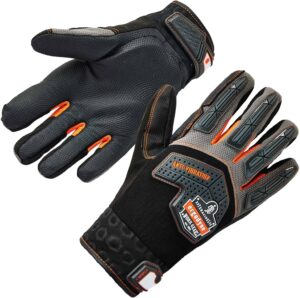

and Re-Grip™ Handle Grips to assist in these issues.
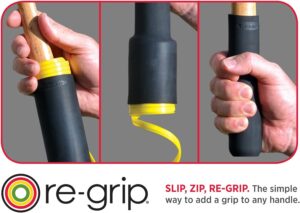



Another scenario might be someone with the loose joints of a laxity disorder. A worker using a hammer could use the stabilizing influence of a Grasping Cuff With Wrist Support.
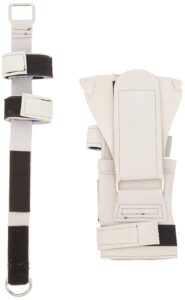

The use of protective gear is also crucial in the protection of fragile skin disorders.
Gardening or groundskeeping, for example, often entails working with plants with coarse or sharp leaves or branches, from roses to raspberries.

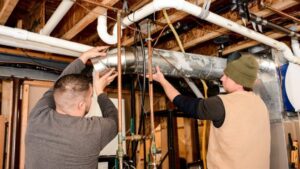

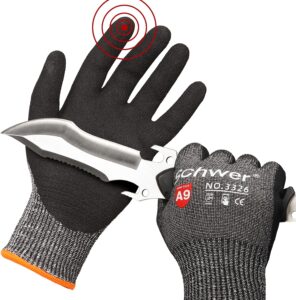

or Cut Resistant Gloves to protect their skin and joints.
Open your work possibilities by protecting your skin and joints!
Please note that none of this blog is intended to give medical advice. Any questions about any medical issues should be directed to your doctor.
